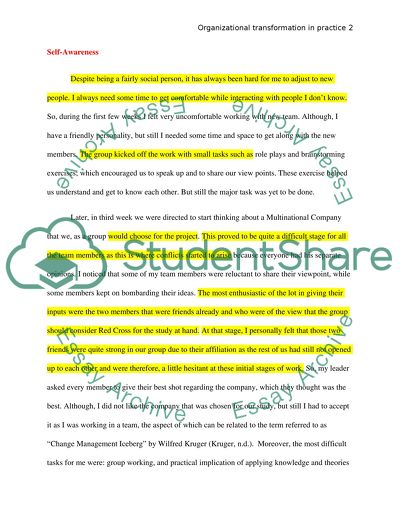Cite this document
(“Organisational Transformation in Practice Assignment”, n.d.)
Retrieved from https://studentshare.org/family-consumer-science/1413567-organisational-transformation-in-practice
Retrieved from https://studentshare.org/family-consumer-science/1413567-organisational-transformation-in-practice
(Organisational Transformation in Practice Assignment)
https://studentshare.org/family-consumer-science/1413567-organisational-transformation-in-practice.
https://studentshare.org/family-consumer-science/1413567-organisational-transformation-in-practice.
“Organisational Transformation in Practice Assignment”, n.d. https://studentshare.org/family-consumer-science/1413567-organisational-transformation-in-practice.


